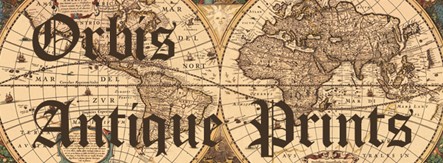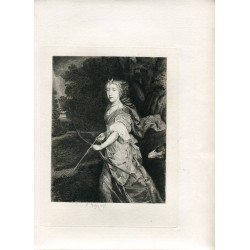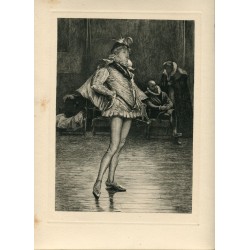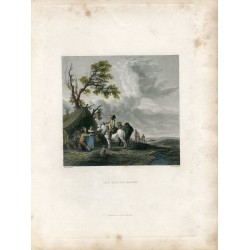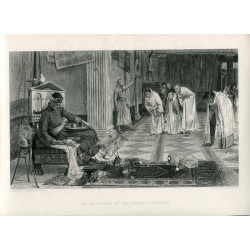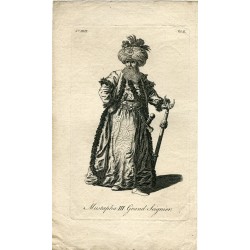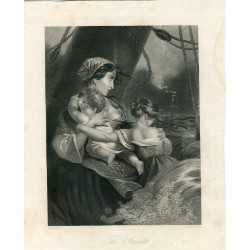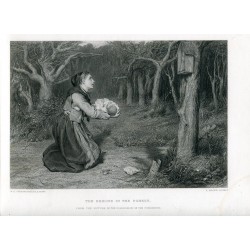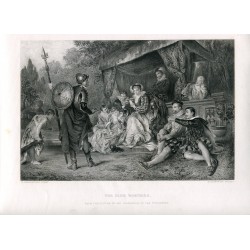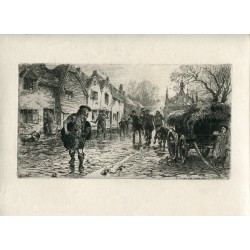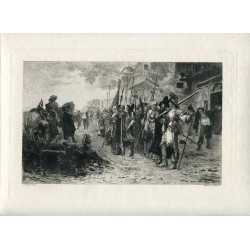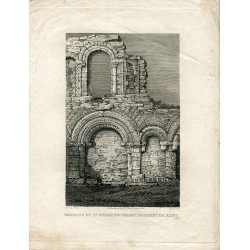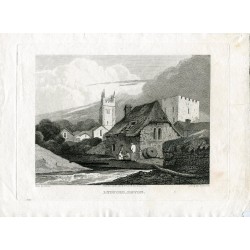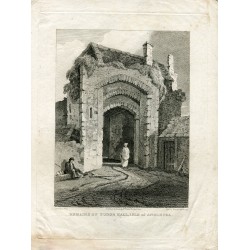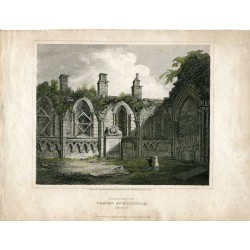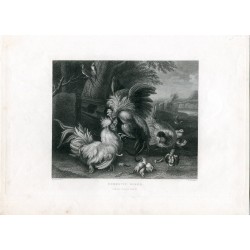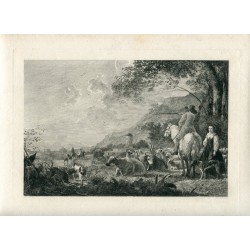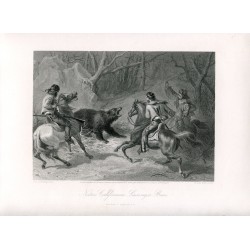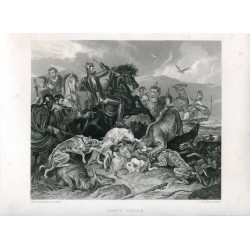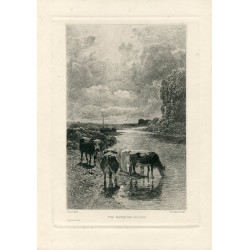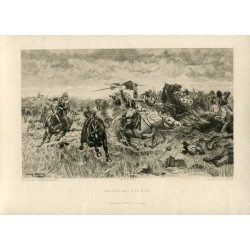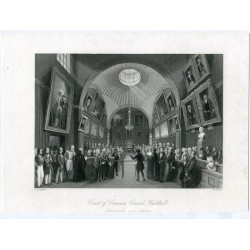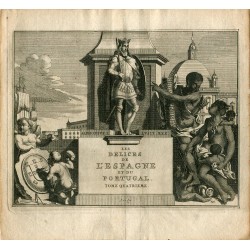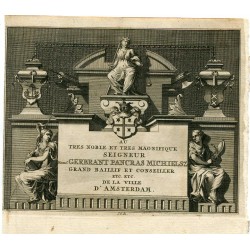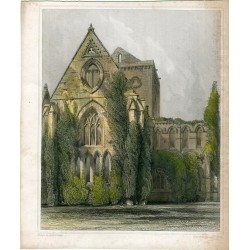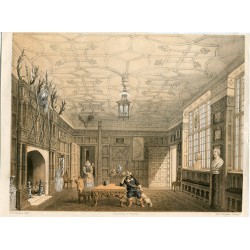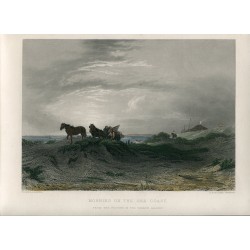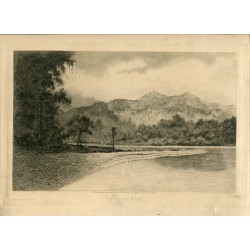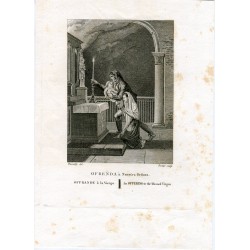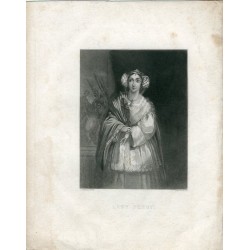Cart
0
Product
Products
(empty)
No products
To be determined
Shipping
0 €
Total
Product successfully added to your shopping cart
Quantity
Total
There are 0 items in your cart. There is 1 item in your cart.
Total products
Total shipping
To be determined
Total
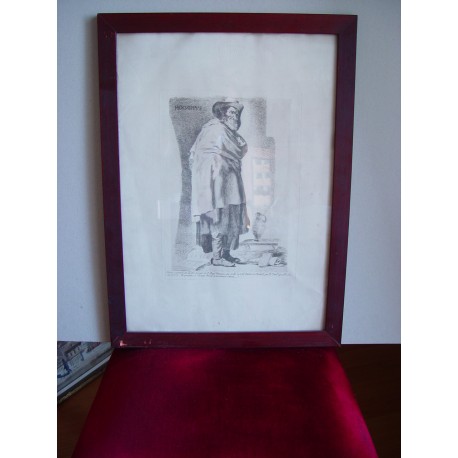 View larger
View larger
Goya etching. Menipo, after Velazquez.
981
Normal (with signs of normal use)
Francisco de Goya y Lucientes. Menipo, after Velazquez.
More
Inscription content: Sacada y gravada del Quadro original de D. diego Velazquez que existe en el R.l Palacio de Madrid; por D. Fran.co Goya Pintor, año de 1778. Representa á Menipo Filosofo de la estatura natural.
A proof of state and three different editions are conserved.The first edition was stamped in black ink, the second in grayish sepia ink, and the third in dark brown ink.
The painting of Menipo was painted by Velázquez for the Torre de la Parada, a hunting lodge, the same as Aesop and Mars, around the year 1640 (Museo Nacional del Prado, Madrid). There are no doubts as to the identification of the character since MOENIPPUS can be clearly read in the upper left corner. The Greek philosopher, born in Gadara around 270 BC. C., belonged to the cynical philosophical school. Menippus was originally a slave who, thanks to his works, was able to buy the citizenship of Thebes. It is said that he was greedy and that he committed suicide when he lost his fortune, so Velázquez has decided to represent him as a ragged character. The latter is arranged in profile and turns his face to the viewer in a somewhat ironic attitude. She covers herself with a tunic that hides her body, exposing only her legs. At the feet Velázquez has painted books, a scroll, an earthen jar on a wooden board that rests on two rollers, alluding to the instability of life.
Goya fits perfectly into Velázquez's painting and accurately copies each of the elements that appear on the canvas. The philosopher's sarcastic expression is very well recreated by the Aragonese in the print and it could even be said that its interest has been underlined by the clarity of the beard and hat that frame the face. It also builds an interesting play of light and shadow on the garments, leaving a wide light surface in the center of the garments. As Velázquez does, Goya has also written the name MOENIPPVS in the upper left corner, although in this case the N is reversed, perhaps an oversight by Goya.
This engraving of the series of copies of Velazquez works made by Goya seems to be better suited, both to the engraving technique as well as to the Aragonese painter's own taste, who shows that he feels more comfortable undertaking this work than making copies of the equestrian portraits.
Reviews
No customer reviews for the moment.

